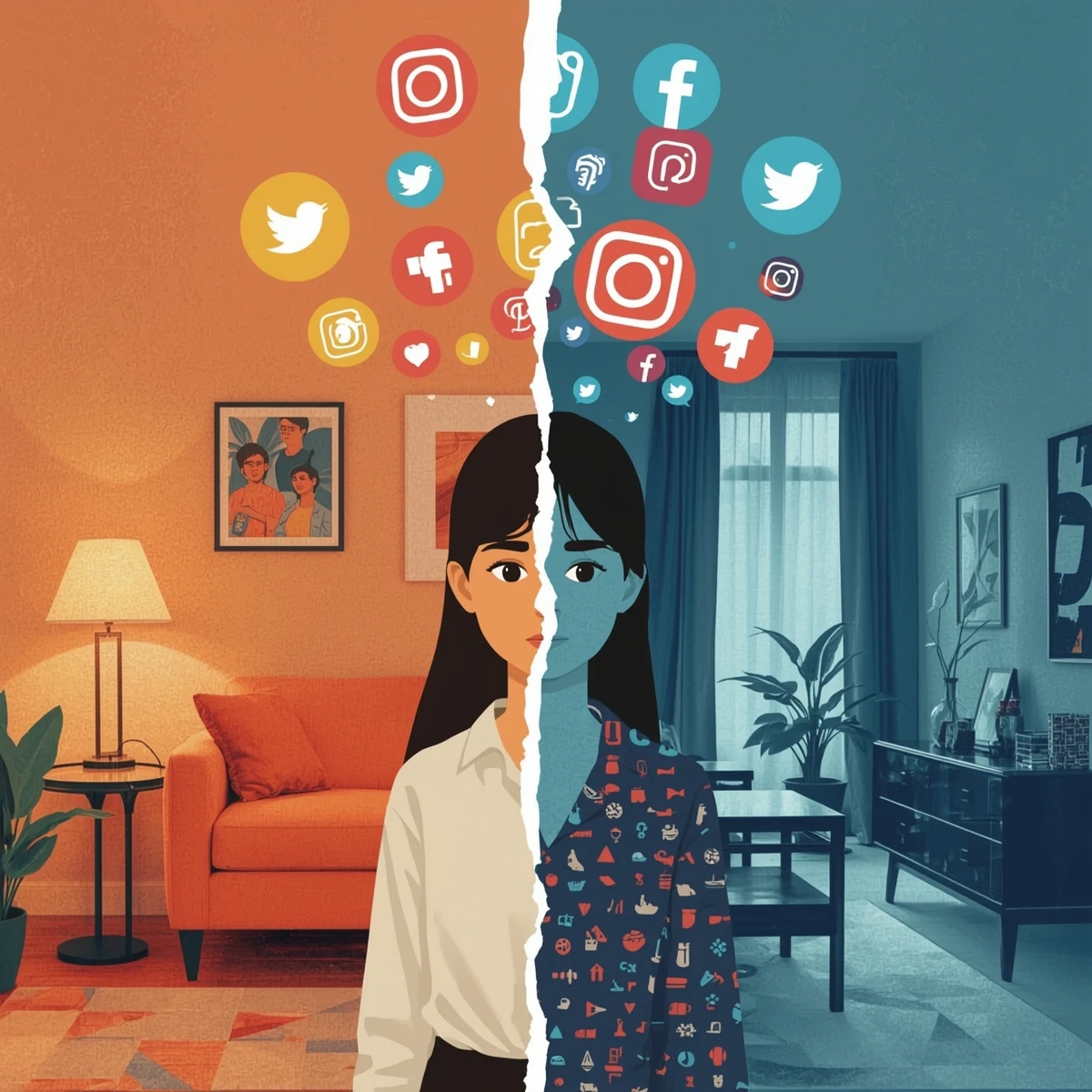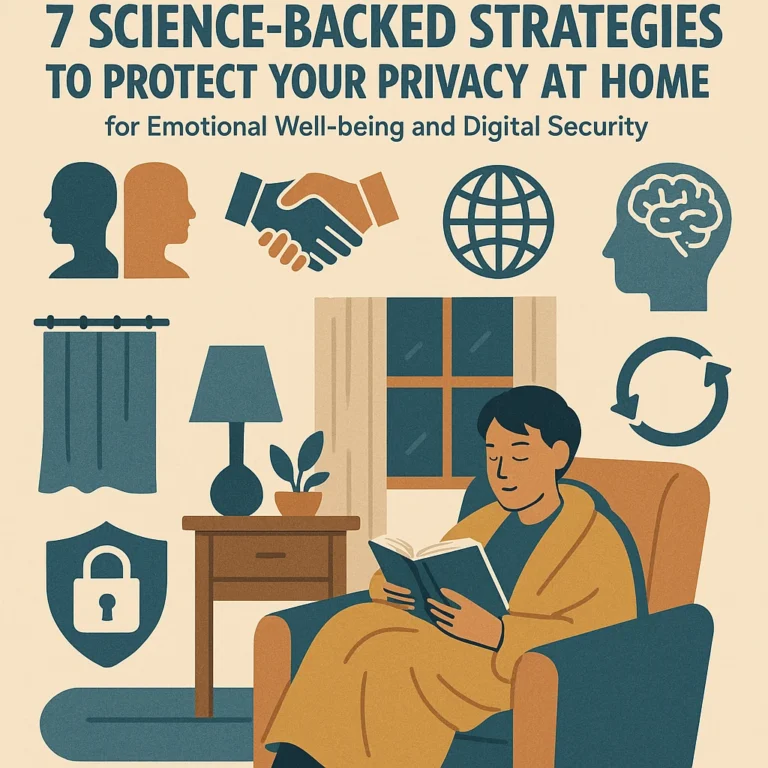How Social Pressure Influences Interior Design: 5 Challenges and Solutions for Authentic Decorating
Social pressure in interior design decorating often manifests through subtle yet powerful influences that shape how people create and inhabit their spaces. Real-life examples vividly illustrate the emotional and social challenges individuals face under these pressures, as well as practical ways to overcome them.
Pain Point 1: The Burden of Conforming to Trends — Loss of Authenticity and Increased Anxiety
Many individuals feel compelled to replicate popular interior design trends seen on social media or in magazines, fearing social judgment if their homes appear outdated or “uncool.” For example, a young professional might invest heavily in minimalist Scandinavian decor simply because it is trendy on Instagram, even though they find such spaces cold and impersonal. This leads to a sense of emotional dissonance, where the space does not feel like “home,” causing subtle but persistent stress and dissatisfaction.
Emotional Impact: Feelings of inadequacy, anxiety, and alienation arise when personal taste is sacrificed to meet external expectations. The home becomes a stage for social validation rather than a sanctuary.
Solution: Research shows that prioritizing design elements that evoke positive emotional responses—such as warm lighting, meaningful colors, or personal memorabilia—can restore authenticity and reduce stress. Individuals should consciously choose what resonates emotionally rather than blindly following trends, transforming social pressure into an opportunity for self-expression and well-being[5][8].
Pain Point 2: Financial and Interpersonal Strain from Social Expectations
Consider a family who feels pressured to renovate their living room to impress guests or keep up with neighbors’ homes. This pressure can lead to overspending and conflict between family members over priorities and tastes. The financial burden, combined with interpersonal tension, can turn decorating from a joyful activity into a source of stress.
Emotional Impact: Anxiety over finances, guilt, and strained relationships can arise when design choices are driven by social comparison rather than practical needs.
Solution: Studies indicate that mindful decorating—balancing aesthetic appeal with budget and emotional needs—can alleviate this stress. Engaging family members in open discussions about functional needs and emotional comfort helps create spaces that support both well-being and social harmony[1][5].
Pain Point 3: Social Isolation Due to Poorly Designed Spaces
In urban apartments or shared housing, poorly planned interiors can hinder social interaction. For example, a cramped living room with awkward furniture placement may discourage residents from gathering, intensifying feelings of loneliness. Similarly, public interiors like shopping mall lobbies or coffee shops that lack inviting zones for socializing can leave visitors feeling disconnected.
Emotional Impact: Feelings of isolation and disconnection from community emerge when spaces do not encourage interaction.
Solution: Research on public interior design emphasizes the importance of spatial zoning, comfortable furniture arrangements, and warm color schemes to foster social engagement. For instance, a coffee shop that uses distinct seating zones with varied materials and colors can create “safe” social bubbles where strangers feel comfortable sharing space. Thoughtful interior design can thus combat social isolation and nurture belonging[2].
Pain Point 4: Overwhelm and Decision Fatigue from Excessive Design Choices
With an abundance of design options and constant exposure to curated interiors online, many people experience paralysis by analysis. A newlywed couple, for example, might spend months agonizing over paint colors, furniture styles, and decor accessories, feeling overwhelmed and unsure, which diminishes their enjoyment of the process.
Emotional Impact: Decision fatigue, frustration, and reduced creative satisfaction can result from excessive choices and social comparison.
Solution: Embracing minimalist principles and focusing on meaningful, functional design elements reduces cognitive overload. Limiting social media consumption related to design trends and reflecting on personal lifestyle needs empower individuals to make confident, authentic choices that enhance well-being[3][8].
Pain Point 5: Difficulty Balancing Aesthetic Appeal with Psychological Comfort
A professional working from home might design a sleek, modern office to impress clients via video calls but find the space cold and uninspiring, leading to decreased productivity and increased stress.
Emotional Impact: The tension between creating a visually impressive space and one that supports mental health can cause dissatisfaction and burnout.
Solution: Integrating evidence-based design strategies—such as using calming colors, optimizing natural light, and incorporating personal touches—can harmonize aesthetics with psychological comfort. Interior design acts as an emotional mediator, and when aligned with individual needs, it promotes both beauty and well-being, transcending superficial social demands[4][5].
By grounding these challenges in real-life scenarios and emotional experiences, it becomes clear how social pressure in interior decorating can affect mental health and social relations. However, through intentional, research-informed design choices that prioritize emotional resonance, functionality, and social connection, individuals can reclaim agency over their environments and transform social pressure into a catalyst for authentic, fulfilling spaces.
Sources
[1] https://www.re-thinkingthefuture.com/interior-design/a10396-interior-design-and-social-impact/
[2] https://www.e3s-conferences.org/articles/e3sconf/pdf/2024/65/e3sconf_escm2024_03008.pdf
[3] https://www.collarts.edu.au/collarts-life/news/blog-the-psychology-of-space-how-interior-design-shapes-mood-and-productivity/
[4] https://hlmarchitects.com/exploring-the-impact-of-interior-design-on-wellbeing-in-high-pressure-environments/
[5] https://www.medicinalmedia.com/explore/the-impact-of-interior-design-on-mental-health
[6] https://www.ied.edu/news/human-centred-interior-design-what-it-means-the-challenges-and-the-opportunities
[7] https://www.archdaily.com/936027/psychology-of-space-how-interiors-impact-our-behavior
[8] https://www.studiohinton.com/design-matters/how-interior-design-shapes-emotions-the-psychology-behind-stunning-spaces/

